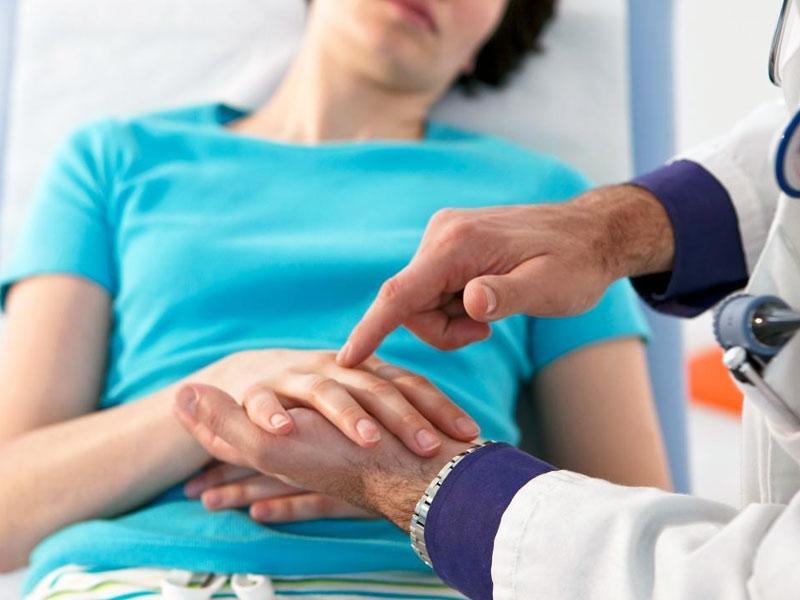HOW WILLIT BE PERFORMED?
After the skin surface is thoroughly cleaned, the joint is entered with a needle attached to a syringe. At this point, either joint fluid can be obtained and sent for appropriate laboratory testing or medications can be injected into the joint space. This technique also applies to injections into a bursa or tendon to treat tendonitis and bursitis. Joint injections are given to treat inflammatory joint conditions, such as rheumatoid arthritis, psoriatic arthritis, gout and occasionally osteoarthritis. Corticosteroids are frequently used for this procedure as they are anti-inflammatory agents that slow down the accumulation of cells responsible for producing inflammation within the joint space. Commonly injected joints include the knee, shoulder, ankle, elbow and small joints of the hand and feet.
HOW IT WILL BENEFIT ME?
You might receive the benefit of relief from pain and swelling with this procedure but this cannot be guaranteed. Only you can decide if the benefits are worth the risk.
WHAT ARE THE CONSEQUENCES OF NON TREATMENT?
Non treatment that is avoiding joint injections can impair mobility of joint leading to increases pain and deformity.
WHAT ARE THE ALTERNATIVES AVAILABLE?
Oral anti-inflammatory drugs such as Ibuprofen or
WHAT ARE THE RISKS/ COMPLICATIONS OF THE PROCEDURE?
The following risks are well recognized, but there may also be risks not included in this list that are foreseen by doctors.
- There may be allergic reactions to the medicines injected into joints, to tape or the chemicals used to clean the skin for instance.
- There may be infection, although this is extremely rare. You may develop post-injection flare which is joint swelling and pain several hours after the corticosteroid injection. This only occurs in approximately one out of 50 patients and usually subsides within several days.
- Joint damage may result from frequent corticosteroid injections. Generally, repeated and numerous injections into the same site should be discouraged.
- De-pigmentation (a whitening of the skin).
- Local fat atrophy (thinning of the skin) at the injection site.
- Rupture of the tendon located in the path of the injection if inadvertently injected.
- Pain may be associated with this procedure and the healing process.
